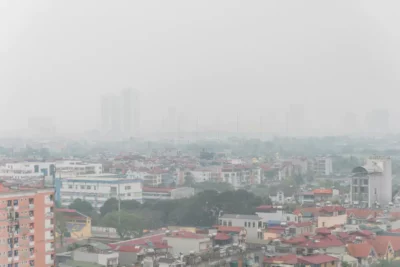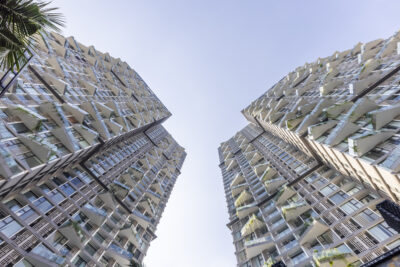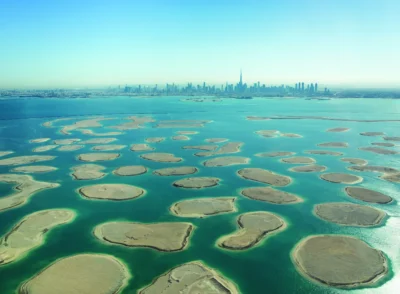Japanese residency in flood zones
Flood zones across Japan are becoming more and more occupied

The Ministry of Land, Infrastructure, Transport and Tourism (MLIT) says that more citizens across Japan are switching to reside in flood zones. Between 1995 to 2015, this number has increased by 6.05 percent, while the total population over the same time has increased by only 1.12 percent, according to MLIT’s survey. Prefectures have also experienced growth in people living in flood zones despite depopulation, according to Japan Property Central.
In spite of the ageing population in existing town areas, suburban stretch out has risen in regions near rivers that were once rice paddies and fields.
In Kyushu, an area often stroked with heavy rainfall and flooding, six prefectures have experienced population growth in flood zones. In Nagasaki, population in flood zones have risen by 10.10 percent, while depopulation increased by 10.86 percent since 1995.
Since 2012, flood zones were selected according to the likelihood of a 200-year flood. The revised Flood Control Act in May 2015, in actual fact, increased to a 1000-year flood.
Despite decades of government investment in constructing levees and damns, residential property within flood zones have not lessened since at least the 1980s. The focus recently has now shifted from investment in flood-proof infrastructure projects to persuading residents to reside in safer areas.
More: 6 of the best places to experience the beauty of Hirafu, Greater Niseko, Japan
The Financial Services Agency has deliberated with the Japan Housing Finance Agency and home insurance companies in launching home loan interest rates and insurance premiums that are based on the property’s flood risk.
There’s also initiation for land-use restrictions, which would be similar to those used in landslide hazard zones.
When looking for a house to buy or rent, it is encouraged to grab a print of the local Hazard Maps, often provided by the local City Hall.
Such maps that may cover tsunami, flooding, landslides, earthquake shaking, and even volcanic hazards, are also available to download online from the city’s homepage.
Recommended
Hanoi’s air pollution crisis: Balancing urban growth with environmental sustainability
Hanoi’s worsening annual toxic smog is highlighting the pressures of balancing sustainability with rapid economic growth
U.S. tariffs pose challenges to china’s housing market amid economic slowdown
Escalating US tariffs are expected to strain China’s slowing economic growth and dampen buyer confidence, creating trouble for the country’s housing market
Dewan Architects’ Mohammed Adib leads with human-centred design and technological innovation in the Middle East and beyond
Mohammed Adib channels his childhood curiosity and dislike for design uniformity into his work at Dewan Architects + Engineers
UAE real estate shifts focus to sustainability and quality, revitalising iconic projects
The UAE has risen from its challenges to emerge as a more sustainable, quality-focused destination






